Innovative Building
Scroll Down
Our commitment behind creating world-leading facilities
Science and technology constantly pursue new fields and things that have never been seen before. Buildings which deal with science and technology also need to be built upon the same fundamental principles.
Strictly-controlled temperature and humidity, spaces isolated from electromagnetic noise, and thorough suppression of contamination: Nikken Sekkei has faced countless severe and unprecedented design conditions, but we have found answers for them all on the way to creating many “world leading” facilities. What is truly behind our actions is our commitment on engineering and the concept of bricolage.
CATEGORY
RELATED EXPERTISE
Bricolage and Engineering
Bricolage (skillful work) means “to express your own idea using materials which consist of miscellaneous elements, and which are abundant but still limited,” and “looking back over the whole body of all the tools and materials you have gathered so far..., lining up all the possible solutions by which they could be applied to the given problem..., and then picking the one that should be applied.”
To put it frankly, it can be interpreted as appropriately handling a situation in which the excuse “I can’t do it because I don’t have X” cannot be used. The necessities for a bricolage approach are an everyday practice of careful observation of information and elements in one’s surroundings, keeping things at hand that might be useful one day, creativity, and wit.
On the other hand, the word that forms a pair with bricolage is “engineering.” They are contrasting modes of behavior, but Claude Lévi-Strauss said that “They are not two stages or two phases of human intellect. Why? Because both these procedures are effective.”
To put it another way, if we try to fit these two to design actions, the ultimate driving force behind creating world-leading things is engineering, but a bricolage approach is necessary for the process of getting there.
Science and technology constantly pursue new fields and things that have never been seen before. Their activities so far have been remarkable in fields such as accelerator facilities, super-high-speed computers, and biotechnology. In addition to those, new domains and unprecedented technologies will emerge in fields such as Industrie 4.0, IoT, and AI, and we can imagine that world-leading or world-first facilities will be needed at the same time.
Nikken Sekkei will keep on challenging world-leading and world-first projects from the two aspects of bricolage and engineering.
(Source: Claude Lévi-Strauss, The Savage Mind, Misuzu Shobo, 1976)
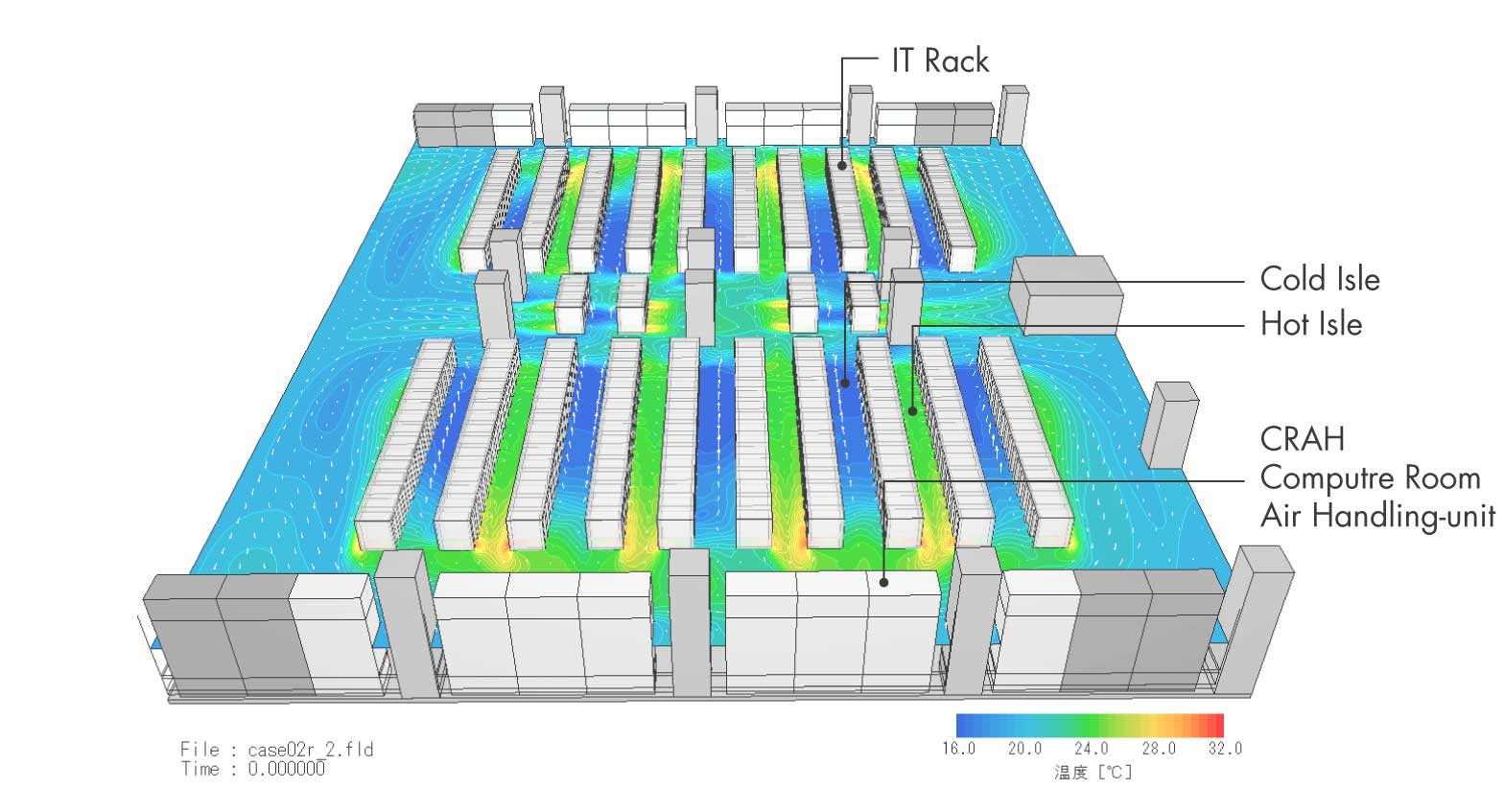 Temperature Distribution Simulation in Internet Data Center (iDC)
Temperature Distribution Simulation in Internet Data Center (iDC)
iDC operators need to give explanations to tenants that temperature distribution around IT racks are designed to be favorably maintained.
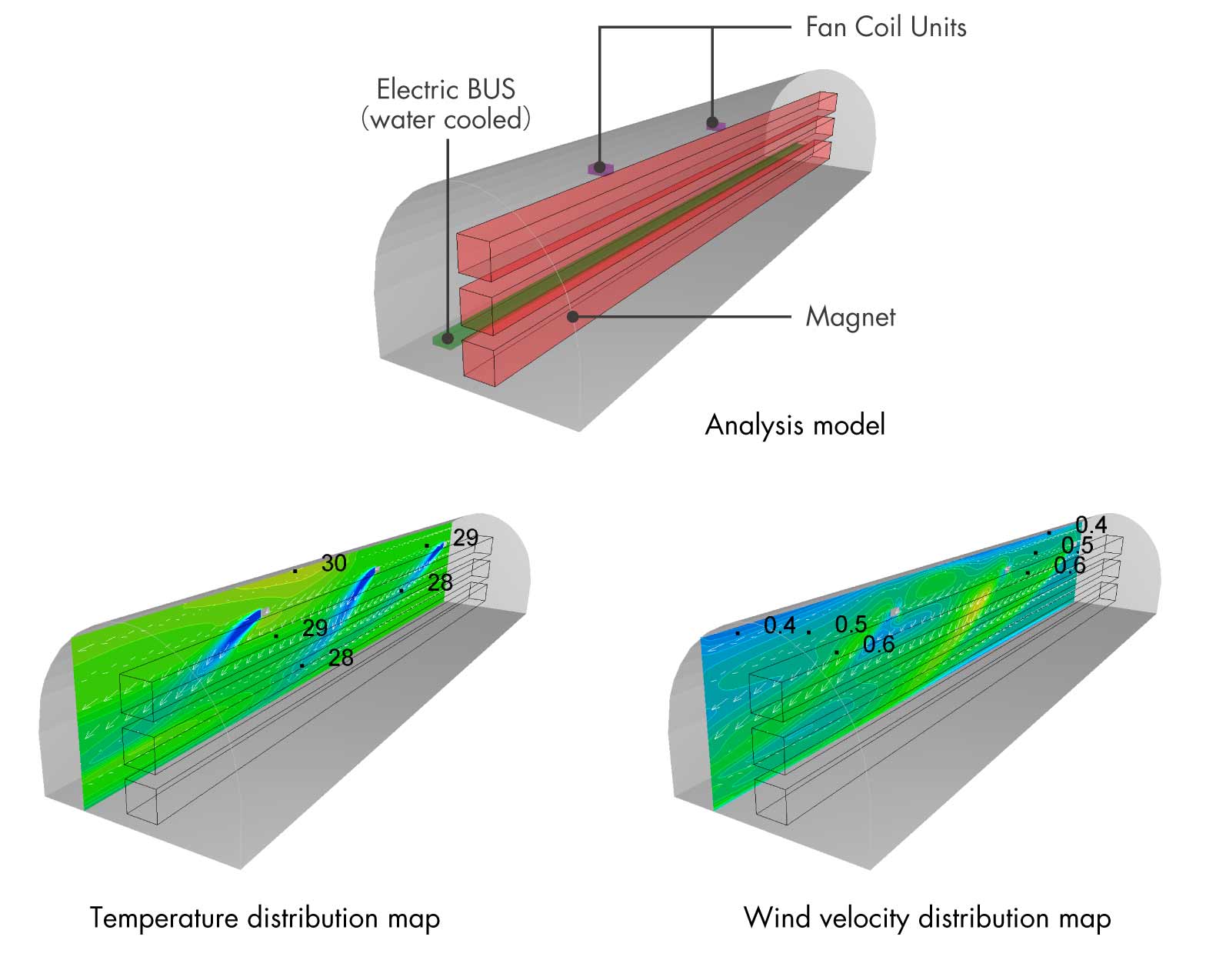 Airflow and Temperature Distribution Simulation in Accelerator Facilities
Airflow and Temperature Distribution Simulation in Accelerator Facilities
Accelerator facilities with super-high precision located in extremely long tunnel-shaped hollow must be designed, in operation environment, to manage uniform temperature distribution and vibration-free airflow distribution.
Studies have been carried out such that ventilation air is gently supplied from one side and that heat generation from electric wiring, magnet, and other equipment is processed with FCUs provided at appropriate locations.

Combining Positive Building Pressure with Negative Room Pressure
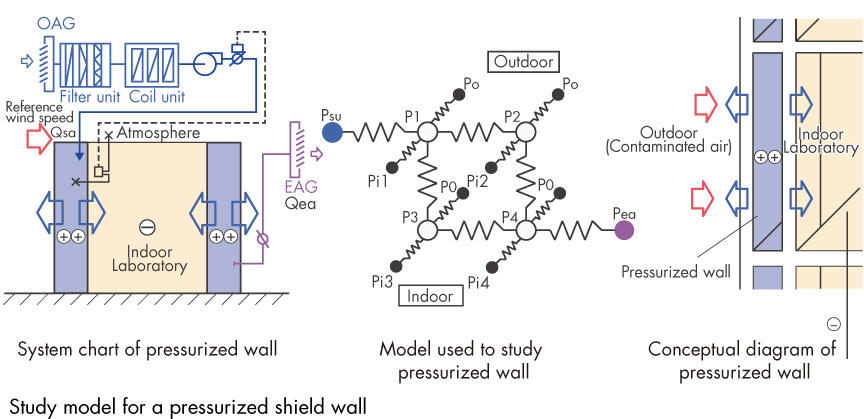
>Enlarge the image
The Most Advanced Energy-saving Technologies and Risk Countermeasures for iDCs
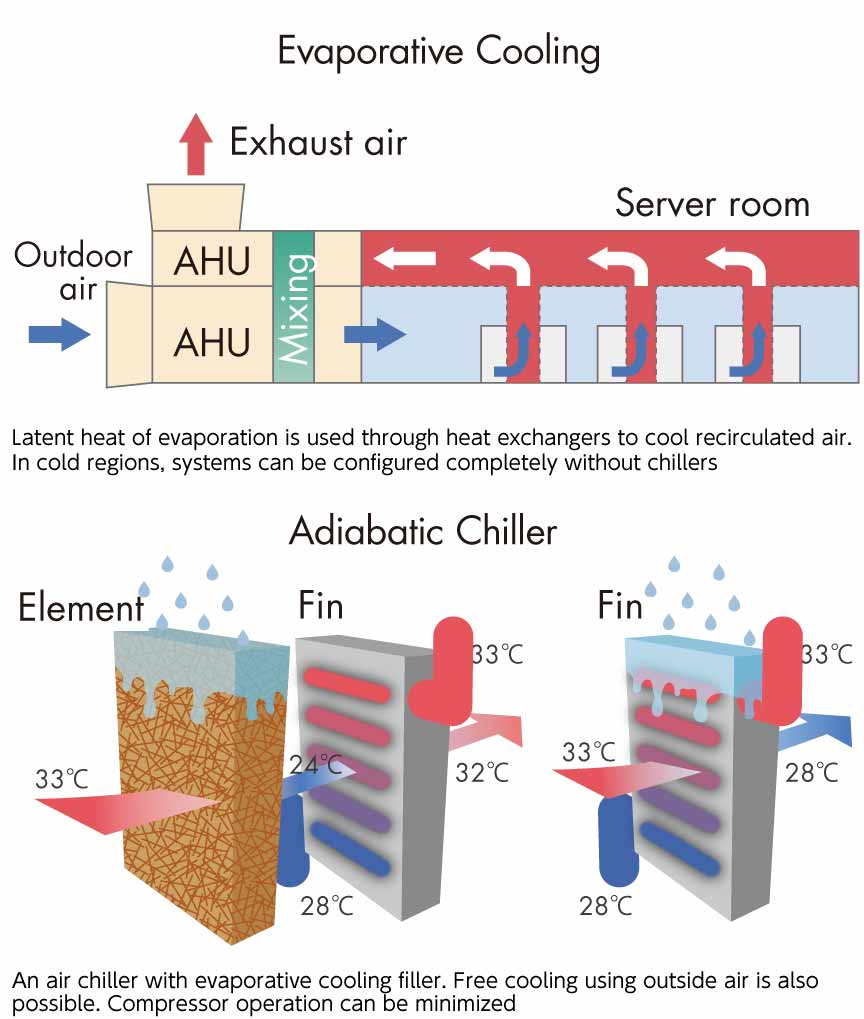
New air conditioners for data centers, which operates in high temperature ambience (SA 28degC, RA 38degC) has been emerging in North America and Europe. This study investigated the examples projecting their use in Japan.
>Enlarge the image
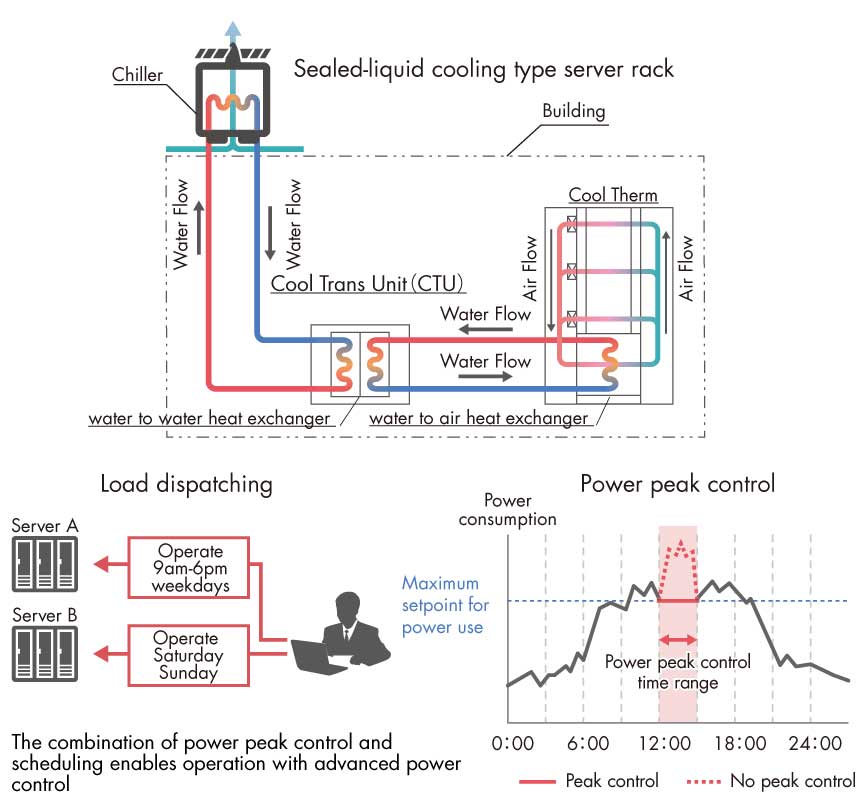
Energy saving measures to integrate ever-increasing data systems and building equipment are: peak cut control interrelated with BEMS, and combined air conditioning system with server operation.
>Enlarge the image
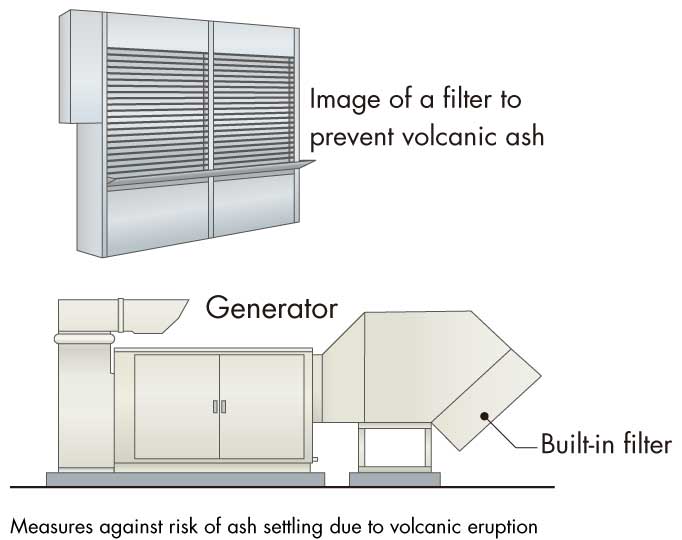
There are around 110 active volcanoes in Japan, and Mt. Fuji has long been indicated as being at high risk of eruption. If Mt. Fuji erupts, the prevailing wind would convey volcanic ash to settle in the capital region and countermeasures should be taken to avoid the risk.
>Enlarge the image
Prevent Airborne Infection
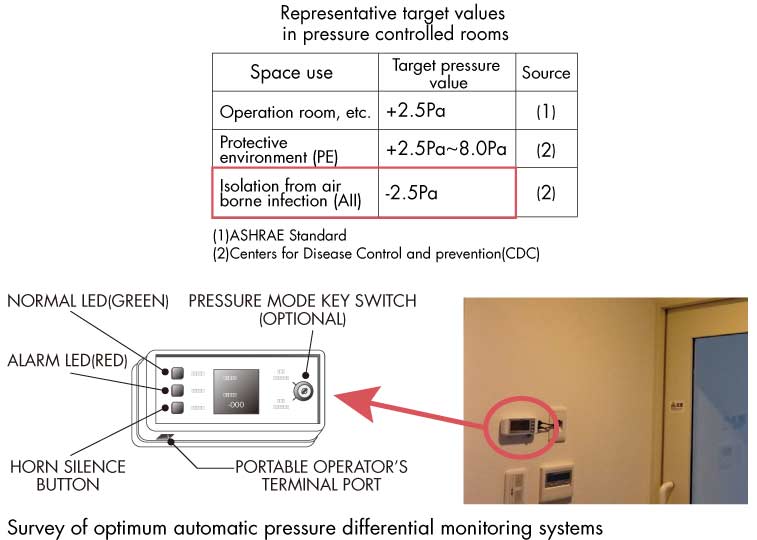
>Enlarge the image
Clean the Air in Transportation Facility
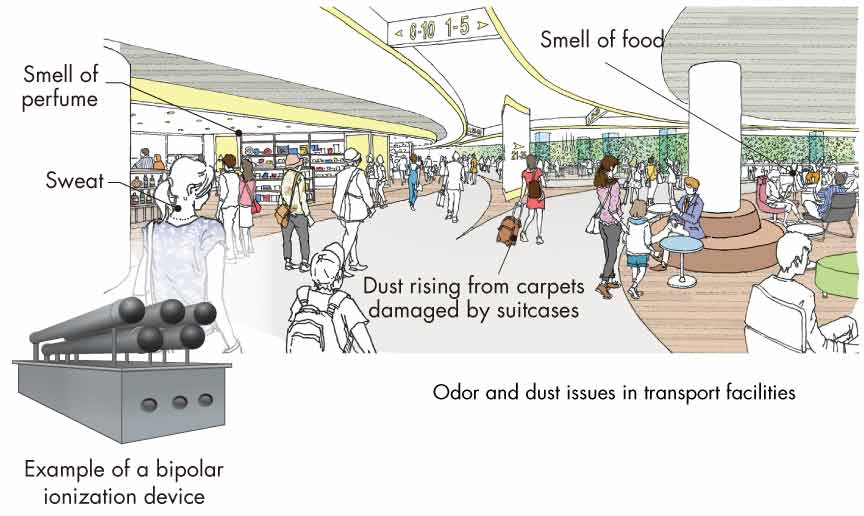
>Enlarge the image
Investigating Design Conditions in Industrie 4.0
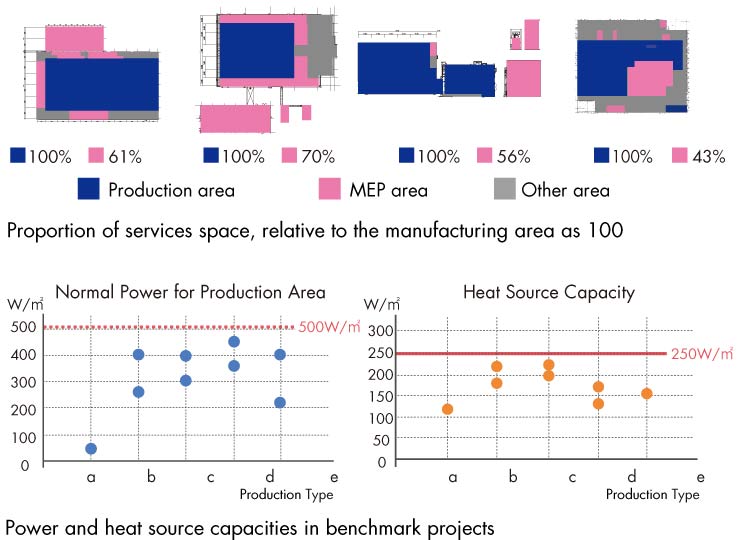
>Enlarge the image
Working Status of Research Centers
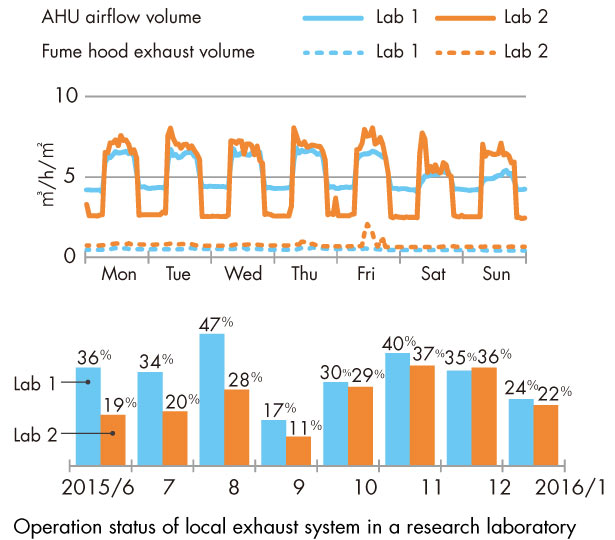
>Enlarge the image